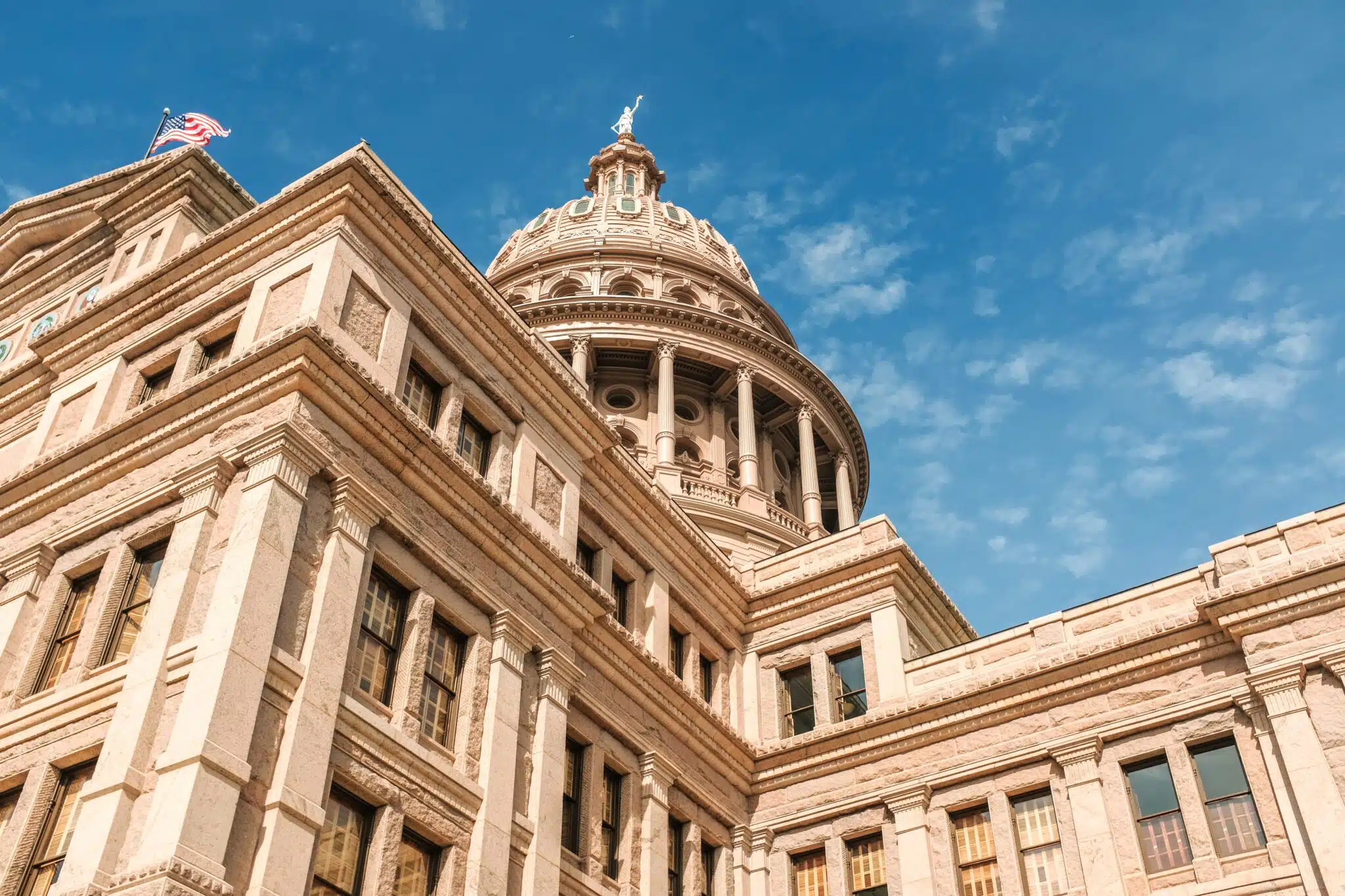Government events are designed to serve the public—but public needs aren’t one-size-fits-all. Communities are made up of people with different backgrounds, including many who speak languages other than English at home. For events to be successful, language access has to be part of the planning process—not something added at the last minute.
When residents can understand what’s happening, they’re more likely to participate, ask questions, and share feedback. That matters whether you’re organizing a town hall, public health clinic, or community celebration. Here’s how to build language access into every stage of your event.
1. Identify language needs early
Before sending out invitations or designing flyers, take time to understand which languages are spoken in the communities you’re trying to reach. Public schools, health departments, and census data can all help paint a picture of the local language landscape.
Once you know which languages are most commonly spoken, you can factor that into every decision—from which interpreters to hire to how much space you’ll need on a sign. Starting early gives you room to plan thoughtfully, without scrambling the week of the event.
2. Translate outreach and registration materials
Flyers, social media posts, registration forms, landing pages, and email confirmations should be available in all relevant languages. If the goal is to make people feel welcome and prepared, the invitation itself is the first test.
Keep layouts consistent across each language version so nothing gets lost in translation. For example, a Spanish version of your flyer should look nearly identical to the English one, with the same graphics, logos, and calls to action. This helps prevent confusion and keeps your message consistent.
3. Arrange interpretation for live interactions
Language access doesn’t stop at printed materials. During the event itself, people need to understand what’s being said in real time. That includes welcome remarks, breakout sessions, and one-on-one conversations with staff or volunteers.
Depending on the setting, you might use in-person interpreters, over-the-phone support, or video interpreting tools. If you expect spontaneous questions from the audience or multilingual interaction at booths, plan to have interpreters on standby throughout the event—not just for formal presentations.
4. Translate signage and logistical info
People rely on signage to figure out where to go, what to do, and how to stay safe. That includes everything from parking instructions to restroom locations to directional arrows for registration check-in. When these messages are only in English, it creates friction for attendees who speak other languages.
Make sure physical signs, banners, and name tags reflect the languages you prioritized in your outreach. This isn’t about adding every language to every surface—it’s about anticipating which messages need to be immediately understood and translating those in advance.
5. Localize visual and audio content
If your event includes videos, slides, presentations, or voiceovers, think about how those can be made accessible. Subtitles and translated transcripts go a long way for attendees who prefer reading over listening, or who speak limited English.
For public service announcements or explainer videos, consider creating versions in each priority language or adding multilingual voiceovers. Not only does this support non-English speakers, but it also helps Deaf and Hard of Hearing attendees engage with your content more easily.
6. Extend access beyond the event
Language support shouldn’t stop once the chairs are folded and the AV equipment is packed up. If you’re planning to share recordings, photos, or follow-up notes with attendees, continue offering those materials in the same language set you used at the event.
This creates consistency and lets people feel fully included in follow-up conversations—whether that’s reading a summary of the meeting or responding to a post-event survey.
When residents can follow along after the fact, they’re more likely to stay connected, share feedback, and attend future events.
Why It Matters
Multilingual services help public events feel more inclusive, practical, and better prepared to serve everyone who walks through the door. When attendees don’t have to guess what’s happening or rely on a family member to translate, they can focus on what brought them to the event in the first place.
Taking the time to prepare with language access in mind builds trust and makes it easier for residents to show up, speak up, and stay engaged with the services meant for them.







